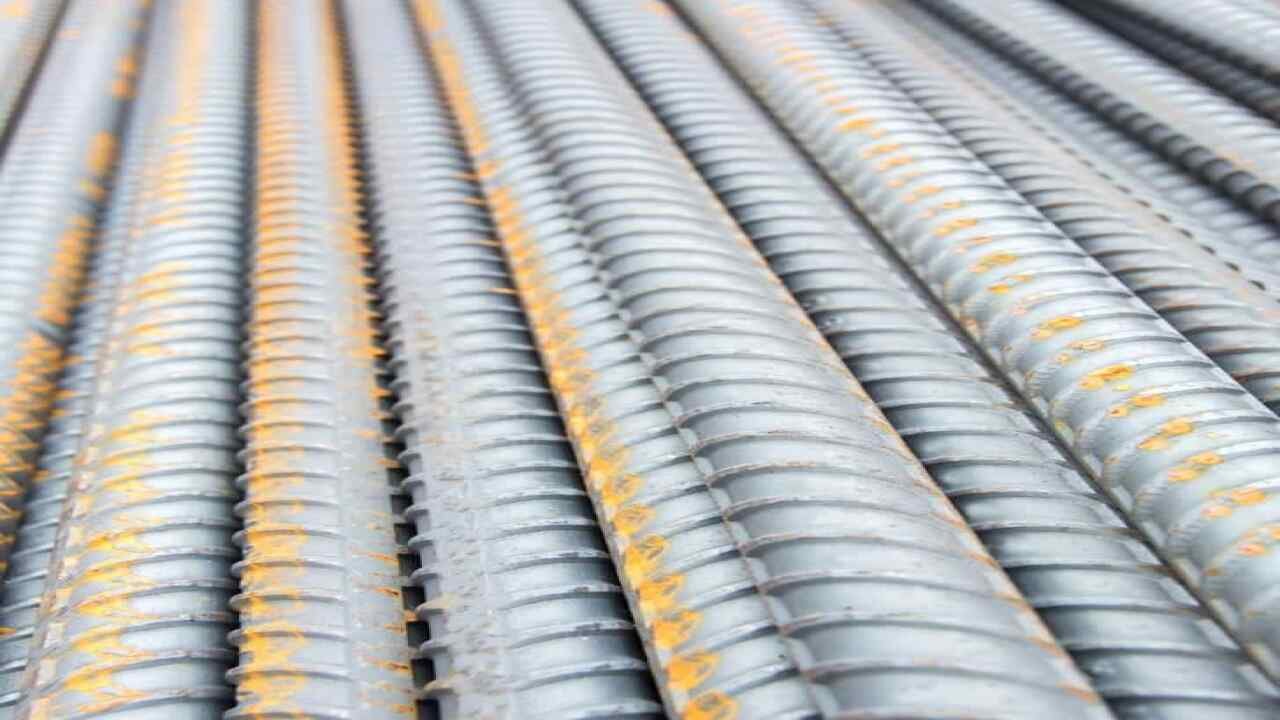You can now get the best types of epoxy paint for iron, as the steel in concrete is generally protected from corrosion by the high pH of the surrounding Portland cement paste, and the cement paste has a pH of at least 12.5 and iron does not corrode at this pH, if the pH drops (eg to 10 or less) Corrosion may occur if moisture, oxygen and chloride ions are present.
Epoxy coatings are also used to insulate steel from contact with oxygen, moisture, and chloride, thus preventing corrosion, however some concerns have been expressed about the cost-effectiveness of epoxy-coated reinforcements in preventing corrosion.
Therefore, we will clarify all the details related to epoxy paint for iron through our next article on the Al-Makhass for Trade and Contracting website in details and how epoxy paint for iron helps to resist rust
What is epoxy paint for iron?
The use of epoxy-coated steel reinforcement is important to protect steel from corrosion. The use of certain types of epoxy has given positive results, especially in steel exposed to sea water while evaluating the use of epoxy for coating steel reinforcements exposed to chloride attack.
Iron epoxy paint has also been used in coating reinforced steel bridges and marine structures since 1970, and some shortcomings have been found using this method, when care must be taken in the manufacture and operation of the reinforcing coating, such as avoiding the absence of any friction between the bars, which may affect the The result of abrasion of the coating layer due to friction.
How does epoxy paint for iron help?
Uncoated steel rebar can generally be corroded to a local loss of the negative surface film locally as chloride ions penetrate through the concrete coating and instead the local alkalinity of the concrete is reduced by carburizing the concrete, the exposed steel then erodes as an anode driven by the relatively large cathode of the surrounding negative steel .
Drilling also erodes the layers, and epoxy coatings or epoxy for iron work as a good barrier to protect against aggressive agents, especially chloride ions, which do not simply diffuse through a continuous epoxy coating, so the surface of the steel is protected.
Steel can corrode at any hole in the coating, but the extent of corrosion is controlled by an intact surrounding epoxy layer that quenches the cathodic reaction and prevents total corrosion. The surface of the steel in the hole must support both the anode and cathode, and because the cathodic reaction is much less efficient From the anodic reaction, the rate of corrosion of the steel around the hole is 10 to 100 times lower than this.


Share
- Comments